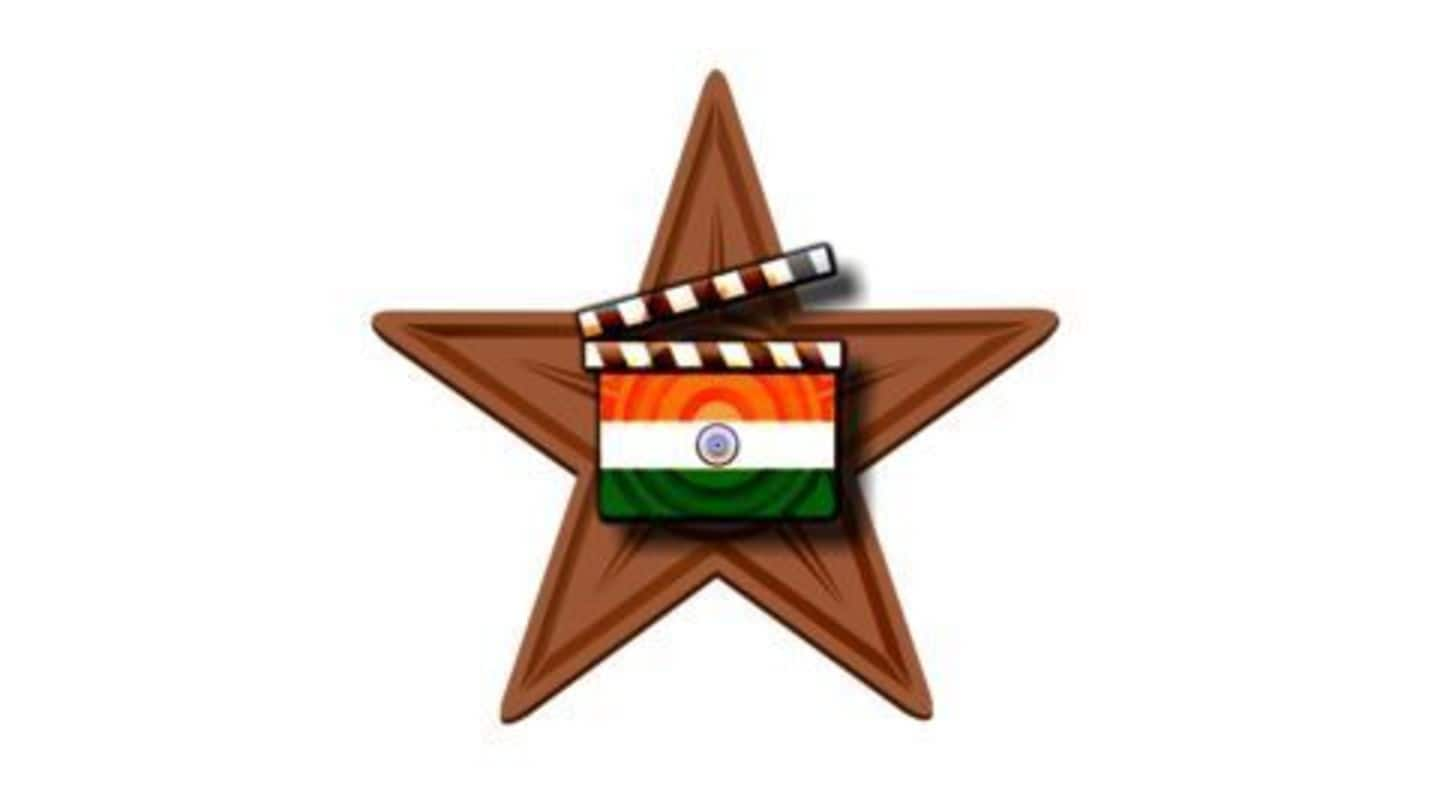
Indian cinema today: In numbers
What's the story
43% of the net box office revenue was amassed by the Hindi film industry (Bollywood) as of 2014.
The Telugu and Tamil cinema got a 36% share, and the rest of the regional cinema made up for the rest 21%.
The biggest commercial success in Indian cinema has been PK-directed by Rajkumar Hirani with Rs.792 crores followed by Baahubali: The Beginning with Rs.650 crores.
1940-1960
With Independence began the 'Golden Era'
Post India's independence, the late 1940s-1960s was termed the "Golden Age" of Hindi cinema by historians
The movies of this time were Pyaasa (1957), Kaagaz Ke Phool (1959), Awaara (1951), Shree 420 (1955) and Dilip Kumar's Aan (1952).
Dev Anand, Dilip Kumar, Raj Kapoor and Guru Dutt ruled the industry and the successful actresses were Nargis, Vyjayanthimala, Meena Kumari, Nutan, Madhubala and Waheeda Rehman.
Historical
Mughal-e-Azam and Mother India: Cinema at its finest
Two of the most popular epic films of Hindi cinema were also a product of post-independence. These were: Mehboob Khan's Mother India (1957), also nominated for the Academy Award for Best Foreign Language Film, and K. Asif's Mughal-e-Azam (1960).
1950s
The advent of parallel cinema
The 1950s saw the evolution of a new Parallel Cinema movement spearheaded by Bengali cinema.
Films like Neecha Nagar (1946) and Do Bigha Zamin (1953) were the most popular.
These movies won both critical and commercial acclaim.
Some of the globally celebrated Hindi filmmakers associated with the movement included "Mani Kaul, Kumar Shahani, Ketan Mehta, Govind Nihalani, Shyam Benegal and Vijaya Mehta."
1970s-80s
Romance, action and grit: Backbone of the 70s-80s
The 1970s saw the rise in romance movies and Rajesh Khanna was the king.
Other notable actors were Dharmendra, Sanjeev Kumar and Shashi Kapoor paired with Sharmila Tagore, Mumtaz and Asha Parekh.
The mid-1970s made way for violent, gritty films and Amitabh Bachchan famously called the "angry young man" overpowered all else.
Deewar (1975) directed by Yah Chopra was the decade's biggest hit.
Data
Mira Nair's Salaam Bombay: The 80s critical wonder
The most globally lauded Hindi film of the 1980s was Mira Nair's Salaam Bombay! (1988), which won the Camera d'Or at the 1988 Cannes Film Festival and a nomination for the Academy Award for Best Foreign Language Film.
90s
Advent of the 90s: Family-centric romantic musicals
The 90s were a time of great flux for Indian cinema. Movies like Qayamat Se Qayamat Tak (1988), Maine Pyar Kiya (1989), Dil (1990), Hum Aapke Hain Kaun (1994), Dilwale Dulhania Le Jayenge (1995) and Kuch Kuch Hota Hai (1998) broke all records.
A new generation of actors like Aamir Khan, Akshay Kumar, Salman Khan, Govinda and Shahrukh Khan took the centre-stage with Madhuri Dixit, Sridevi, Juhi Chawla.
2000 onwards
Big budgets, and commercially successful cinema
With the ushering of 2000 the entertainment industry took a sudden leap in terms of budgets and plots.
Lagaan released in 2001 almost jolted the entire scene and the focus shifted to meaningful plots.
Munnabhai M.B.B.S (2003) and its sequel won hearts and were commercially popular.
Another phenomenon was the rise of Salman Khan with his action-comedy renditions that sent the cash registers ringing.